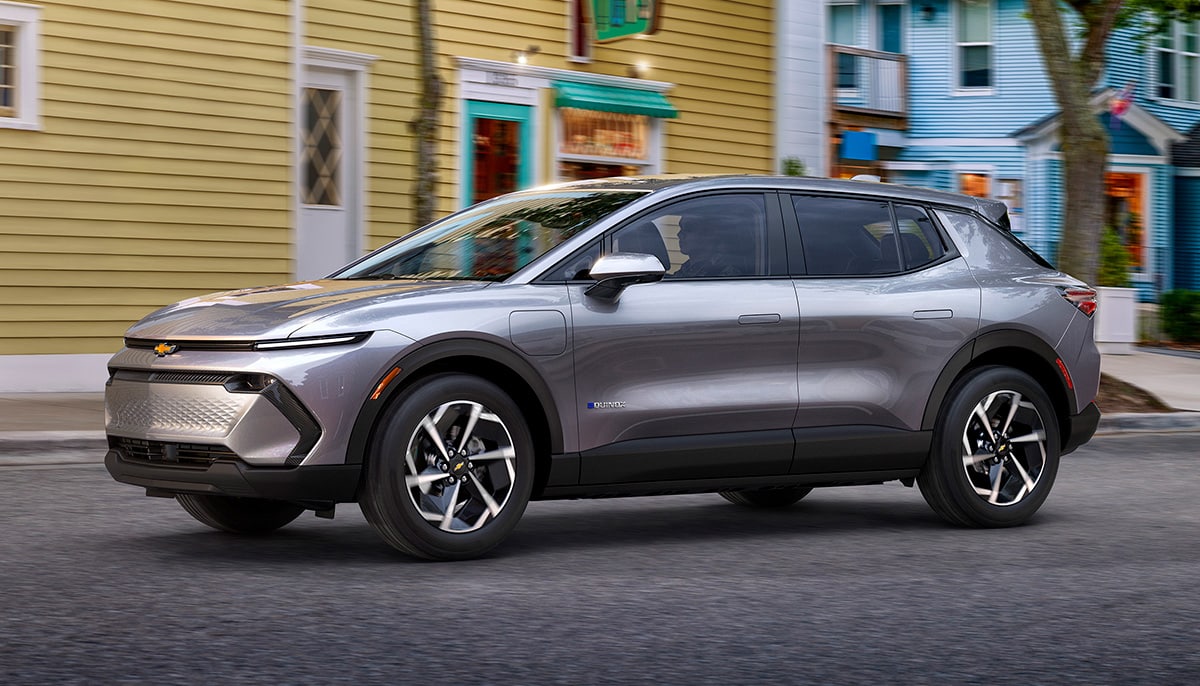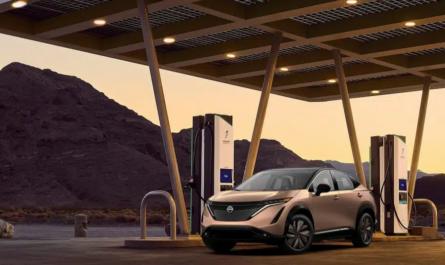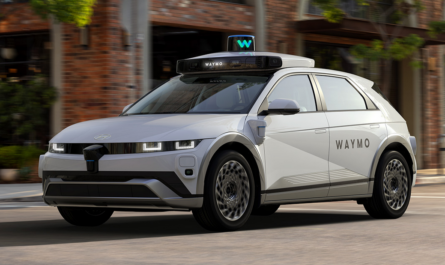Key Takeaways
-
California could revive its Clean Vehicle Rebate Program (CVRP) if the federal EV tax credit is eliminated under a new Trump administration.
-
Rebates remain vital for making electric vehicles (EVs) affordable amid high upfront costs.
-
Elon Musk’s reported role in the Trump transition team raises questions about the future of EV incentives.
California Plans Backup Strategy for EV Incentives
California Governor Gavin Newsom has indicated that the state is ready to reinstate the Clean Vehicle Rebate Program (CVRP) if federal electric vehicle incentives are rolled back. The move comes amid reports that a potential second Trump administration may eliminate the $7,500 federal EV tax credit, a key driver of electric vehicle adoption across the United States.
The CVRP, which ended in 2023, provided rebates to residents purchasing qualifying electric vehicles, significantly lowering upfront costs and accelerating clean transportation adoption. According to Newsom’s office, a revived version of the program would not only restore rebates but could also include expanded incentives for a broader range of low-emission vehicles, including plug-in hybrids and hydrogen-powered cars.
Funding for the revived program would come from California’s greenhouse gas reduction fund, supported by the state’s cap-and-trade system and contributions from polluting industries. This self-sustaining model ensures that high-emission companies indirectly finance the state’s clean energy transition.
Why EV Rebates Matter
Despite falling battery prices, electric vehicles remain costlier upfront than gasoline-powered cars. High lithium-ion battery costs still contribute to premium pricing. However, EVs offer significant long-term savings through lower fuel and maintenance expenses.
That’s where rebates and tax incentives make the biggest difference — they help bridge the gap between initial purchase cost and long-term economic benefits, making clean vehicles accessible to more consumers.
California has long led the charge in climate and clean energy policy, setting ambitious goals such as banning the sale of new gas-powered vehicles by 2035. Programs like the CVRP are essential to achieving these milestones, ensuring that affordability does not become a barrier to cleaner transportation.
Federal EV Incentives Under Threat
Reports suggest that President-Elect Donald Trump’s transition team is considering eliminating the federal EV tax credit, aligning with long-standing Republican support for the oil and gas industry. The move could significantly slow EV adoption, particularly in states like California that rely on these incentives to complement their environmental programs.
One of the more surprising developments is that Tesla CEO Elon Musk is reportedly involved in Trump’s transition team as co-chair of the Department of Government Efficiency. This role could create a potential conflict of interest, given Tesla’s deep reliance on EV subsidies to boost sales in the past.
Federal incentives have been pivotal in helping Tesla — and other automakers — lower consumer costs and expand their market share. Musk himself has publicly warned that removing these credits could be “devastating” for domestic EV manufacturers and could stall the nation’s clean energy progress.
Without the tax credit, U.S. automakers would lose a competitive edge in the global EV market, potentially ceding ground to manufacturers in Europe and China, where government-backed incentives remain strong.
Environmental and Policy Implications
Eliminating federal EV incentives could have significant environmental repercussions. California has long enforced the strictest vehicle emission standards in the nation, often setting the benchmark for other states. These standards depend on federal waivers that allow California to exceed national environmental requirements.
However, a Trump-led Environmental Protection Agency (EPA) could seek to revoke or block these waivers, as happened during Trump’s first term. Such actions would limit California’s ability to enforce tougher emissions standards and reduce transportation-related pollution.
Without federal support, urban areas like Los Angeles — already burdened with some of the worst air quality in the country — could struggle to meet clean air targets. In that case, California would need to rely even more heavily on state-funded initiatives such as the CVRP to continue progress toward its climate and public health goals.
Supporting Innovation and Market Competition
Governor Newsom’s plan to reinstate the Clean Vehicle Rebate Program emphasizes not only environmental responsibility but also innovation and market competition. By expanding eligibility to more vehicle types and using funds from carbon-emitting industries, California can maintain EV momentum even without federal backing.
Reintroducing rebates could motivate automakers to develop more affordable, efficient, and diverse EV models, helping the industry remain competitive globally. At the same time, consumers would benefit from lower purchase prices, encouraging widespread adoption of cleaner vehicles.
For the broader public, this transition means cleaner air, lower emissions, and a reduced carbon footprint — outcomes that align with both California’s climate strategy and global sustainability goals.
The Bigger Picture
California’s readiness to revive its rebate program reflects a broader resilience in state-led climate policy. Even if federal priorities shift away from renewable energy and EV support, the state aims to safeguard its progress toward a cleaner transportation future.
By leveraging cap-and-trade revenues and expanding its incentive programs, California can ensure that EV adoption remains steady, regardless of federal political changes. The plan also reinforces California’s role as a national and global leader in climate innovation — a position it has built through decades of forward-thinking environmental legislation.
Conclusion
As the nation braces for potential policy changes under a new administration, California is preparing its own insurance plan for clean transportation. Governor Newsom’s proposal to reinstate the Clean Vehicle Rebate Program demonstrates the state’s determination to keep EVs accessible and affordable — even if federal incentives disappear.
With Tesla’s future tied closely to federal policies and Elon Musk’s involvement in the Trump transition team, the intersection of politics, business, and environmental policy is becoming more complex.
Still, California’s proactive stance shows that state-level action can fill federal gaps, ensuring continued progress toward a cleaner, more sustainable automotive future.




